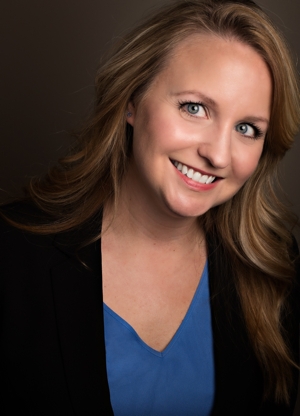After muted rate movements across the reinsurance sector during 1/1, followed by disappointing April and mid-year renewals, Director of Underwriting, London at Hiscox, Megan McConnell, feels rates at this level are unsustainable for a purely equity-based balance sheet.
 During an interview with Artemis, McConnell noted how rates in the reinsurance sector have not moved as much as Hiscox expected following the huge level of 2017 catastrophe losses.
During an interview with Artemis, McConnell noted how rates in the reinsurance sector have not moved as much as Hiscox expected following the huge level of 2017 catastrophe losses.
“We saw positive rate movement around the 1 January renewals, particularly on loss-affected US business, where prices were up in the high single digits on average. However, an over-abundance of capacity in the market remains and rates were generally flat at 1 April renewals, followed by low single digit rate rises at 1 June,” said McConnell.
The response of the alternative, or third-party reinsurance capital market to 2017 events underlined its commitment to the space, reloading and actually expanding in time for the January renewals after what many described as its first major test.
While the response of the insurance-linked securities (ILS) community showed the sophistication, maturity and permanence of the sector, it also served to dampen rate rises and has hindered the sustainability of rate increases, leading industry commentary to note a new reinsurance market normal underlined by a flatter market cycle and ultimately, lower pricing moving forward.
“Rates at this level are not sustainable for a purely equity-based cost of capital,” said McConnell.
Adding: “However, that doesn’t mean that they are not sustainable for anyone. There are plenty of investors for whom reinsurance is a small allocation within their overall portfolio and produces incredibly efficient diversification. That strategy, combined with an appetite for a different return profile, can make it very attractive to those with a lower cost of capital.”
It’s an interesting point, and one we’ve raised at Artemis numerous times since the sustainability of the traditional reinsurance business model – and in particular its ability to endure the lower pricing that is becoming the norm in many reinsurance lines of business – has been under the spotlight.
It remains uncertain whether over the long-term the traditional reinsurance business model is able to sustain structurally lower pricing, or whether certain areas of risk might no longer be suited to an equity-backed balance sheet.
Reinsurance market analysts have also commented on this trend, suggesting that rather than looking to equity raising to help navigate challenges of 2017 catastrophe events, companies should leverage the willing and able glut of alternative capital to augment their operations.
In the current market environment, where reinsurance firms have come under increasing pressure as the industry has evolved and cost-of-capital and capital efficiency have become ever-more important, embracing third-party capital is becoming a vital part of a reinsurers capital structure.
Any transition in revenue mix needs to be carefully controlled by reinsurers, but there’s an opportunity for players to become more interdependent with capital markets investors, essentially being able to leverage the largest and most liquid source of risk capital available.
If properly understood, fully embraced and successfully implemented, reinsurance companies stand to benefit from a more efficient and lower-cost source of capital that can assume risks that are perhaps not supported as well today as they used to be, by their own equity-based balance sheets.
Commenting on Hiscox’s use of alternative capital, McConnell explained to Artemis that the company “doesn’t really think of capital as alternative or traditional, we consider it more as our own capital and our partners’ capital.
“We buy traditional outwards reinsurance and retro from a wide panel of reinsurers, and we also manage significant third-party capital in the form of our Lloyd’s Special Purpose Arrangement, quota share reinsurance, and our ILS platform which now has $1.5 billion in assets under management.
“The trick for Hiscox, and for all firms for that matter, is to find a way to thrive in what is still a challenging market. The answer for this will be different for every business. But for Hiscox it means creating optionality for capital, efficiency through technology and a culture of innovation that will allow us to continue to achieve profitable growth in the short, medium and long-term,” she concluded.
One of the key challenges for both insurance and reinsurance firms is identifying the right mix of capital and source of that capital to support underwriting at currently lower returns.
If that results in a shift to more mixed balance-sheets, with greater contributions from the capital markets, it will equally result in more opportunities for investors to access insurance risk linked returns with the support of established underwriting teams.
 View all of our Artemis Live video interviews and subscribe to our podcast.
View all of our Artemis Live video interviews and subscribe to our podcast.
All of our Artemis Live insurance-linked securities (ILS), catastrophe bonds and reinsurance video content and video interviews can be accessed online.
Our Artemis Live podcast can be subscribed to using the typical podcast services providers, including Apple, Google, Spotify and more.































